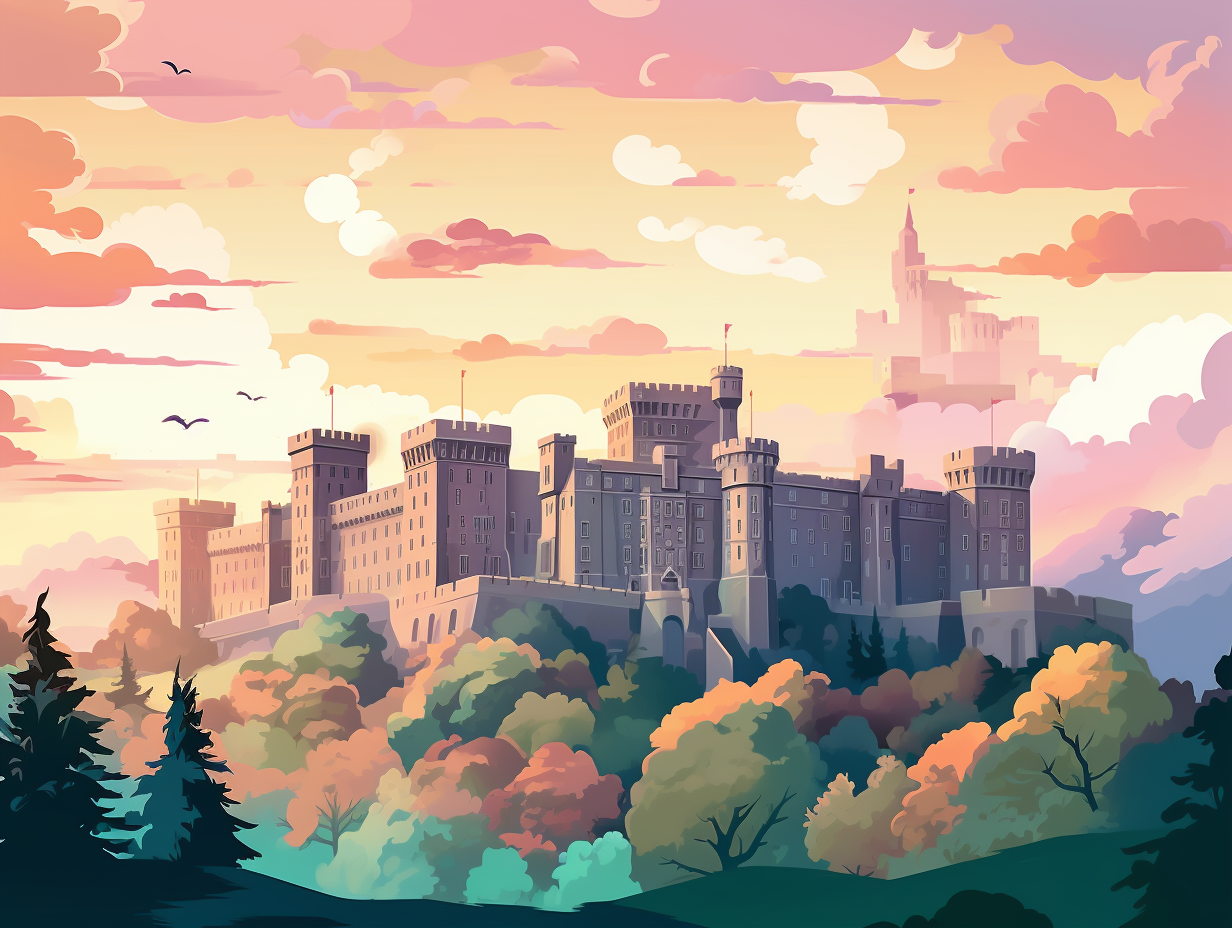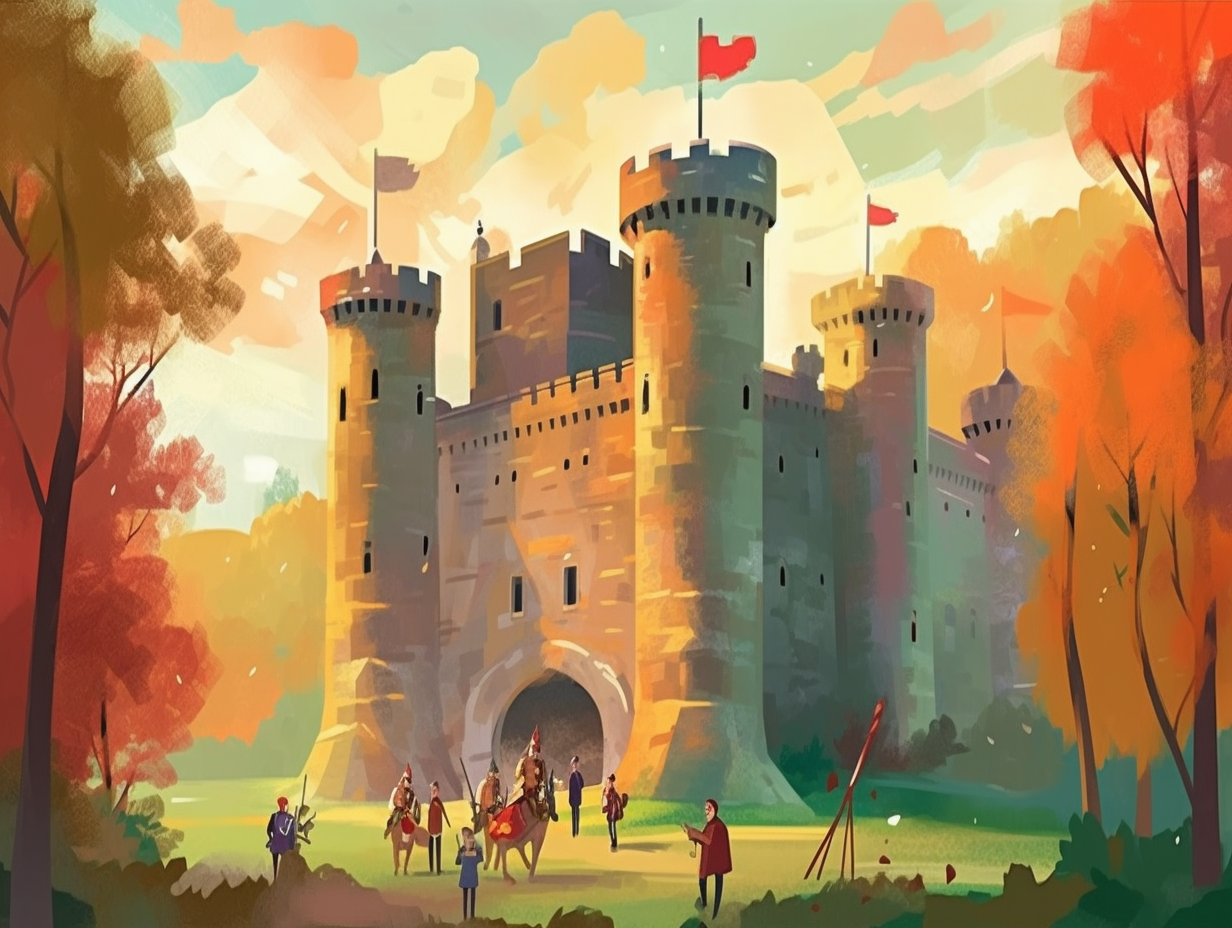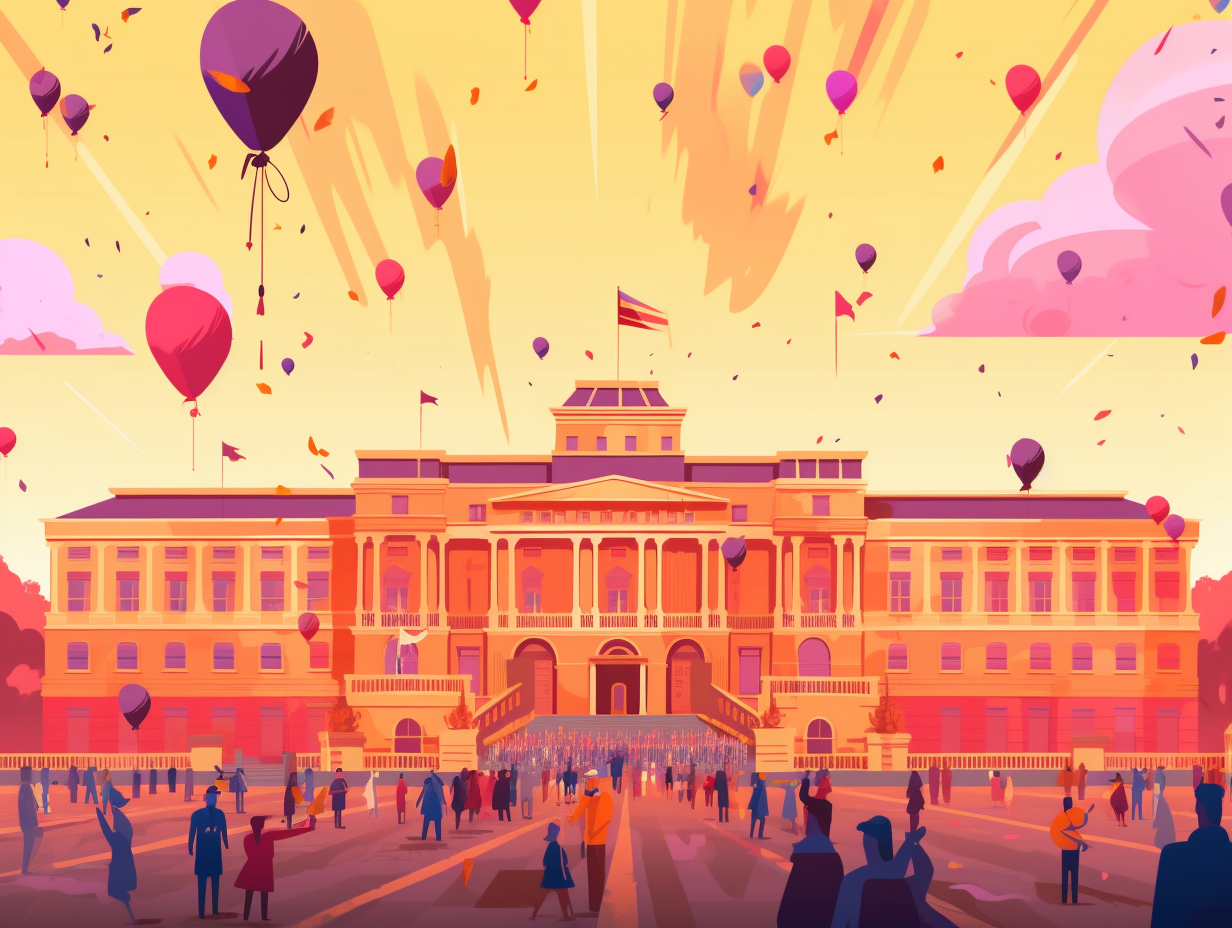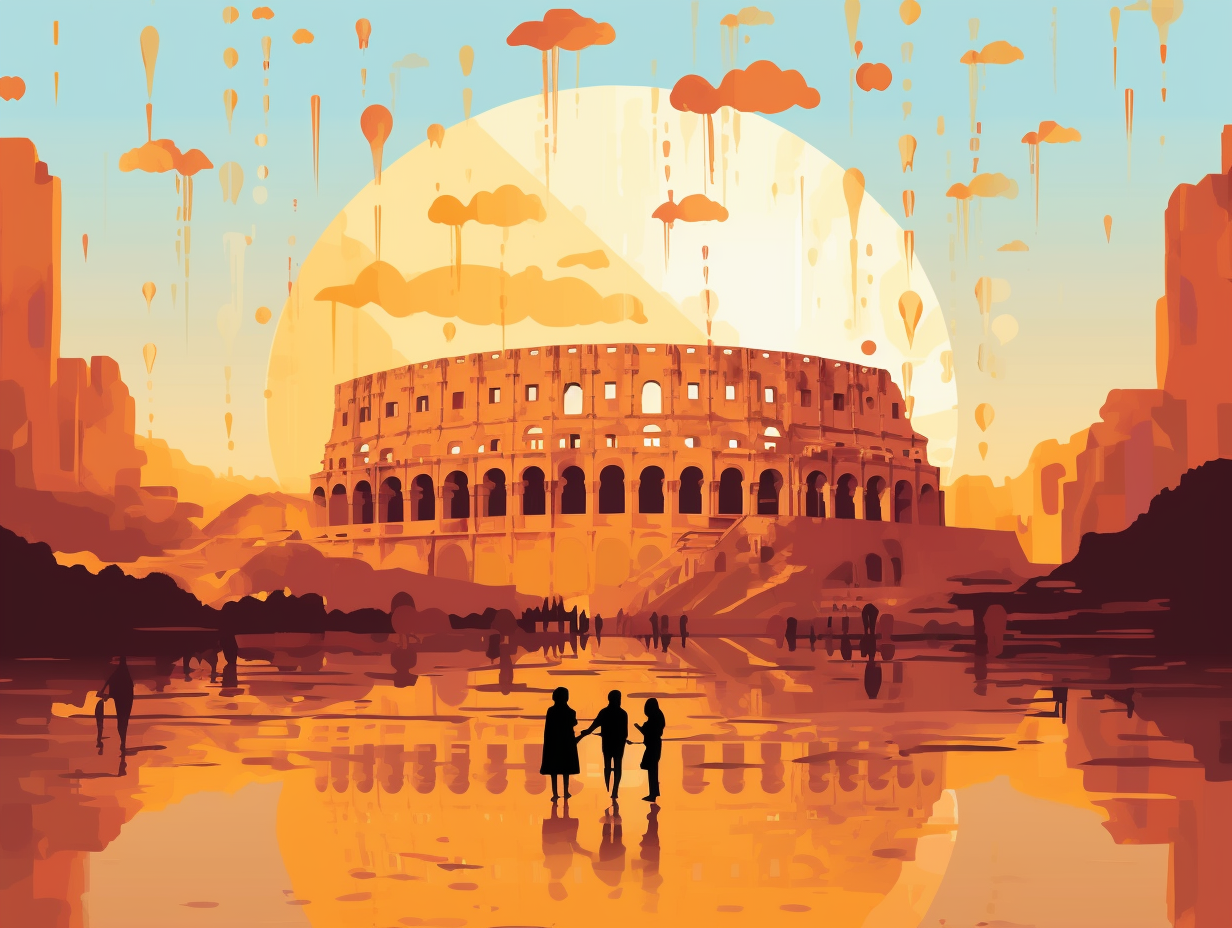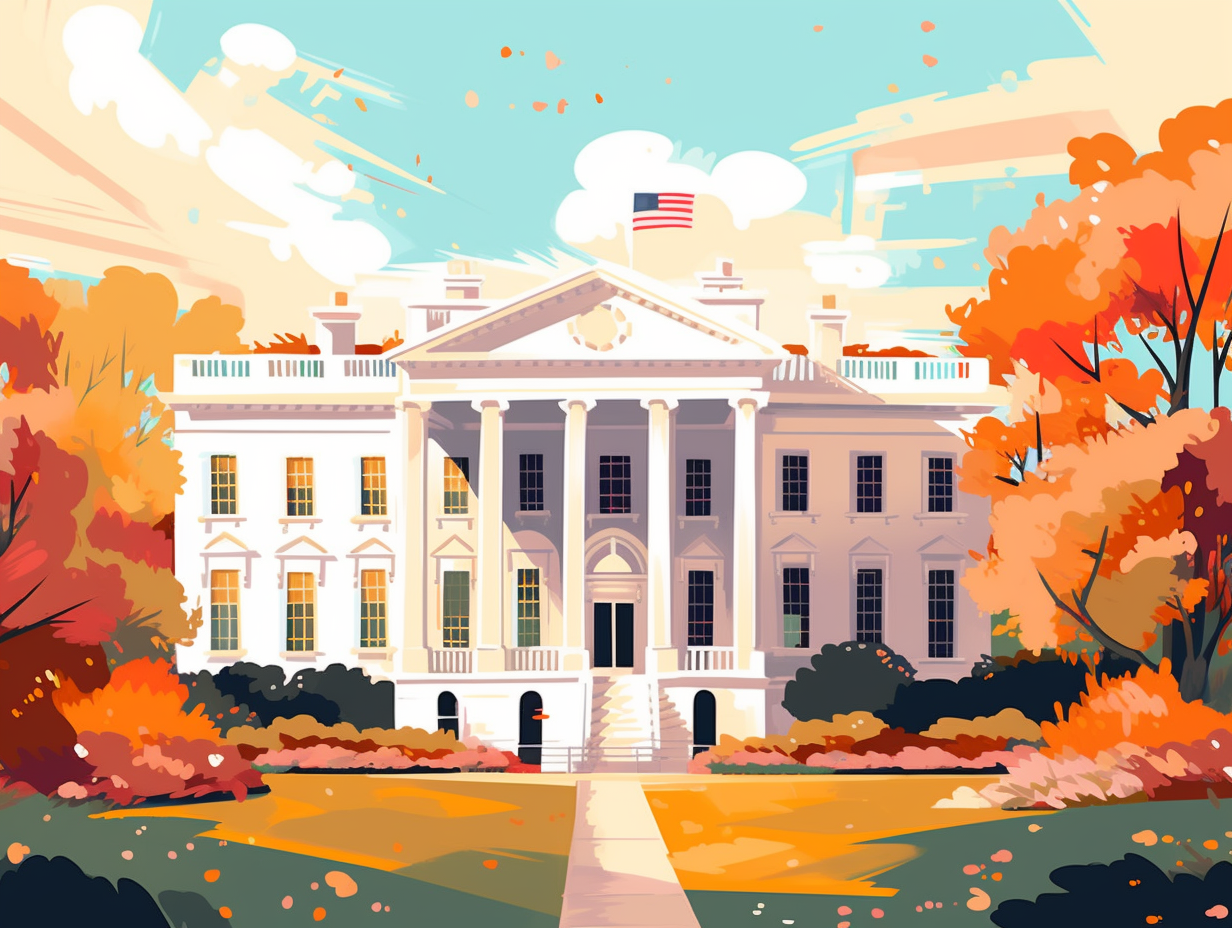Discover the Secrets: Top 14 Fun and Fascinating Facts About Castles You Never Knew
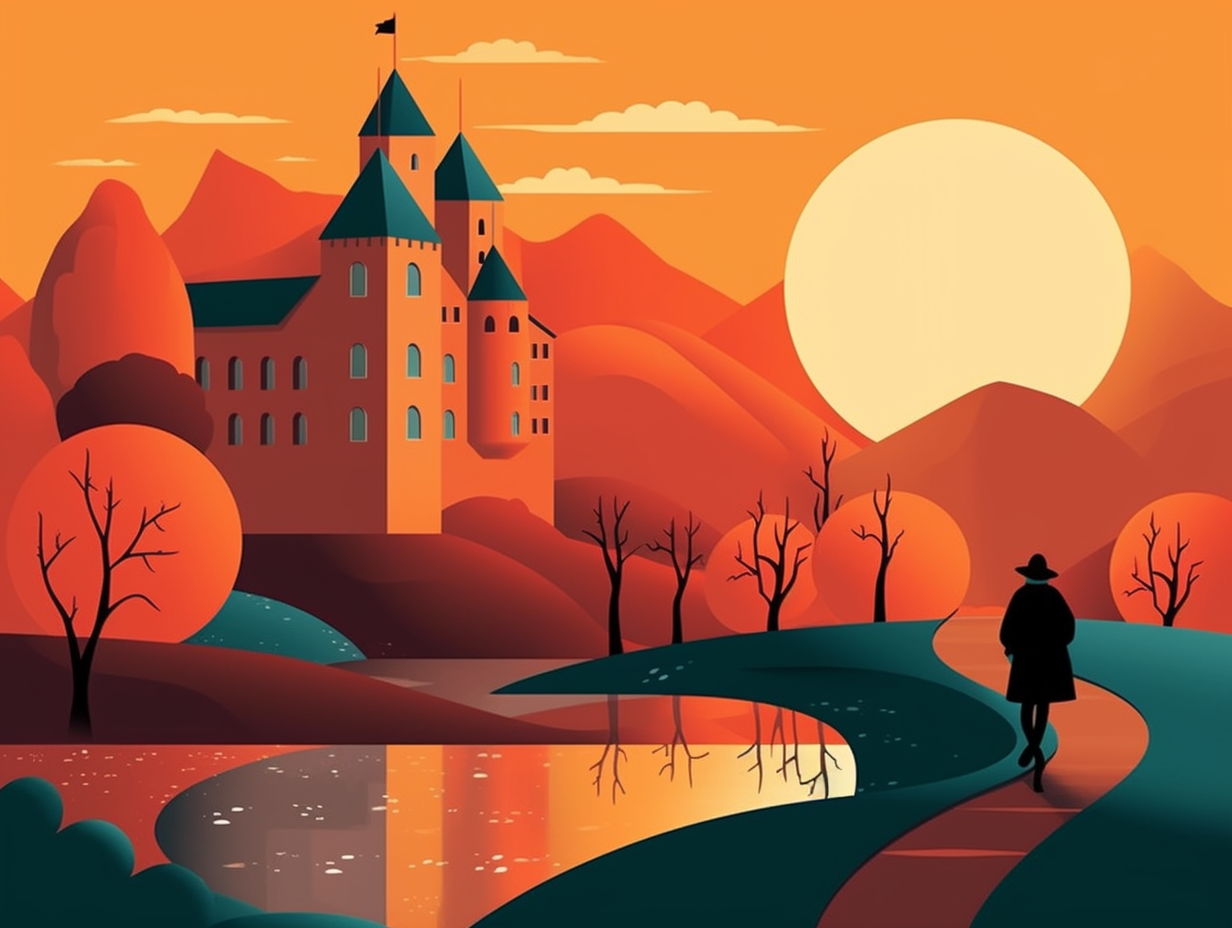
1. Royal Deer Party License
Who needs a royal license to party with deer? Well, medieval VIPs actually did: To establish their own deer parks, aristocrats in medieval and Early Modern England, Wales and Ireland required a fancy "licence to empark" to breed deer for hunting purposes and show off their social status.
Source => en.wikipedia.org
2. Fashionable Tower Play
Medieval architects clearly thought: "Tower play makes the enemy stay away!" With their keen sense of "height" fashion, they designed symmetrical castles with taller towers in all the right places, ensuring they had a Vogue-worthy vantage point for incoming foes: The serious reveal? These architects were not just style icons but strategic visionaries, positioning towers to provide broad sight lines and even choosing round towers over square ones to make it more difficult for attackers to undermine their fabulous fortresses.
Source => exploring-castles.com

Discover the solitary king's paradise hidden in the German Alps: Neuschwanstein Castle, an enchanting 65,000 sq ft wonder inspired by art, poetry, and literature that captivated Walt Disney and attracts millions of tourists each year! 🏰✨
=> Fun Facts about Neuschwanstein-Castle
3. Dry Moat Misconceptions
You might say that moats were the "swimming pools" of castle protection, but not all of them were ready for a pool party: In reality, many moats were just dry ditches surrounding the castle, providing an additional barrier to attackers and effectively discouraging any attempts to tunnel underneath.
Source => wonderopolis.org
4. Eels in the Moat, Not Dragons
While knights may have dreamt of slaying dragons, they were far more likely to be wrestling slippery eels in the murky depths of their castles' moats: Contrary to popular belief, moats were not filled with alligators or crocodiles, but often housed eels and fish which served as a food source for the castle's inhabitants.
Source => wonderopolis.org

5. Dramatic Drawbridges
You might think a medieval castle's drawbridge was just like a character from an action movie, always ready to make a dramatic exit when things got tough. But did you know, some drawbridges had a penchant for the dramatic arts and basked in a weighty spotlight? Indeed: not only were there varying types of drawbridges - some utilizing heavy counterweights like bascules, while others used portcullises - but some even had a self-destructive streak, designed to be destroyed during an attack to beef up castle defense.
Source => castrumtocastle.com
6. Garderobes: Closets of the Past
In the world of castle real estate, walk-in closets are so outdated; it's all about the garderobe: These small medieval rooms were originally designed for storing precious clothing and possessions, with some even doubling as private chambers or bedchambers. Nowadays, the term may be synonymous with castle toilets, but they were initially intended for safekeeping valuables, keeping cesspits or fish pond toilets as separate entities. As a nod to yesteryear, you can still find these fancy antique storage spaces in several Norman and medieval castles, like Bürresheim Castle in Germany, showcasing nobles were just as worried about storage solutions as we are today!
Source => en.wikipedia.org
7. Groovy Defensive Spiral Stairs
When knights wanted to keep trespassers "in step" with the beat of their own drum, they marched to the groovy stairs of their castle's "defensive spiral dance floors": Spiral staircases were a common feature in castles due to their space efficiency and defensive benefits, with uneven steps forcing attackers to ascend in a single-file manner, while the defenders familiar with the staircase pattern could retreat more easily, making the attackers more prone to stumbling in the dark, confined spaces.
Source => spiral.uk.com
8. Castle Hide and Seek
When medieval royalty played hide and "castle" seek, they leveled up the stakes: Castles were equipped with secret passages used for moving treasure and providing escape routes for high-ranking individuals. Cleverly concealed doors, opened by ingenious locking devices or codes, led to hidden areas that put today's technology backdoors and secret passages to shame.
Source => linkedin.com
9. Windsor Castle: Ever-changing Royalty
Who says you can't teach an old castle new tricks? Windsor Castle, with its ever-changing wardrobe, has been strutting its stuff for nearly a thousand years: From its humble beginnings as a 11th-century motte-and-bailey construction after the Norman invasion, it has since been transformed into a luxuriously regal domicile decked out with modern Georgian and Victorian style, all while maintaining its Gothic roots and medieval structure. Fashion trends may come and go, but Windsor Castle's architectural evolution stands the test of time!
Source => en.wikipedia.org

10. German Fairy Tale Land
Who needs a fairy tale when Germany's landscape is peppered with more castles than Snow White ever dreamt of? We're talking a Rapunzel-worthy number of fortresses here: Estimates suggest that around 25,000 castles dot the country, but official records are still being compiled, likely to take another 10 years before all known castles are listed in the European Castle Institute's database.
Source => dw.com
11. Versailles' Mirror Hall Extravagance
Mirror, mirror on the wall, who has the fanciest hall of them all? Why, it's the Palace of Versailles, of course: Boasting a staggering 357 mirrors, the Hall of Mirrors dazzled guests with natural light reflections in a game of French opulence, all the while breaking the Venetian monopoly on mirror-making under the reign of stylish Louis XIV.
Source => en.chateauversailles.fr
12. Thornbury Castle's Royal Romance
They say it's good to be the king: well, Henry VIII and his queen bee Anne Boleyn took their royal romps to Thornbury Castle in England during the Tudor period, which now serves as a 27-room luxury hotel offering traditional lawn games like croquet or archery for guests who want to play like royalty.
Source => wanderingwheatleys.com
13. Massive Caerphilly Castle
If King Arthur himself had wanted to build himself a castle the size of Camelot 2.0, he would've had a hard time topping this one: Caerphilly Castle in Wales is the second largest in Britain, sprawling over a massive 30 acres, and was built in an astounding three years between 1268 and 1271 as a pioneer of concentric design, which made the fortress virtually impregnable and highly influential in Medieval architecture.
Source => exploring-castles.com
14. Lord Curzon: Castle Savior
Before you huff and puff to bring a historic structure down, remember the noble tale of Lord Curzon and his mighty quest to save Tattershall Castle from vanishing into an American buyer's clutches: In the nick of time, our knight in shining armor, the former Viceroy of India, swooped in to purchase and preserve the besieged edifice. This heroic act set the foundation for Britain's Ancient Monuments Consolidation and Amendment Act of 1913, ensuring that cherished relics aren't just bulldozed into oblivion to make way for a new shopping mall or parking lot.
Source => atlasobscura.com
Related Fun Facts


